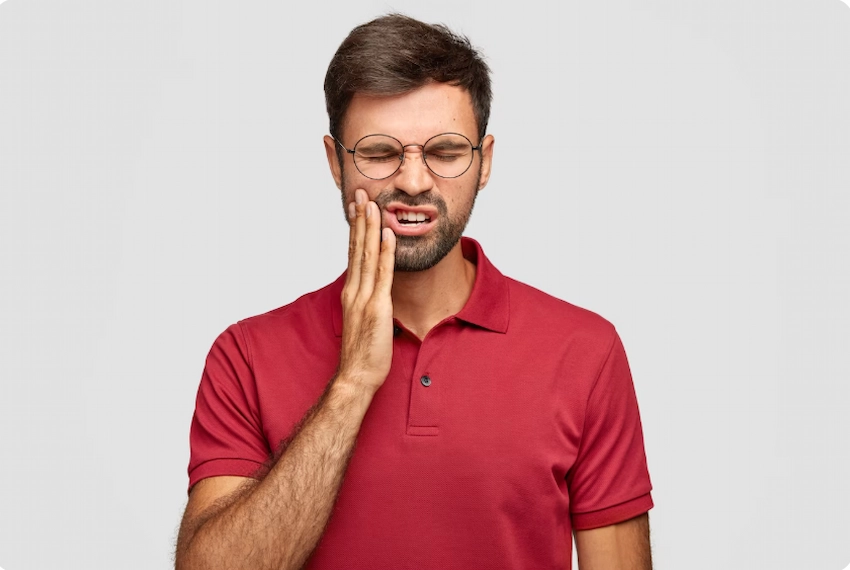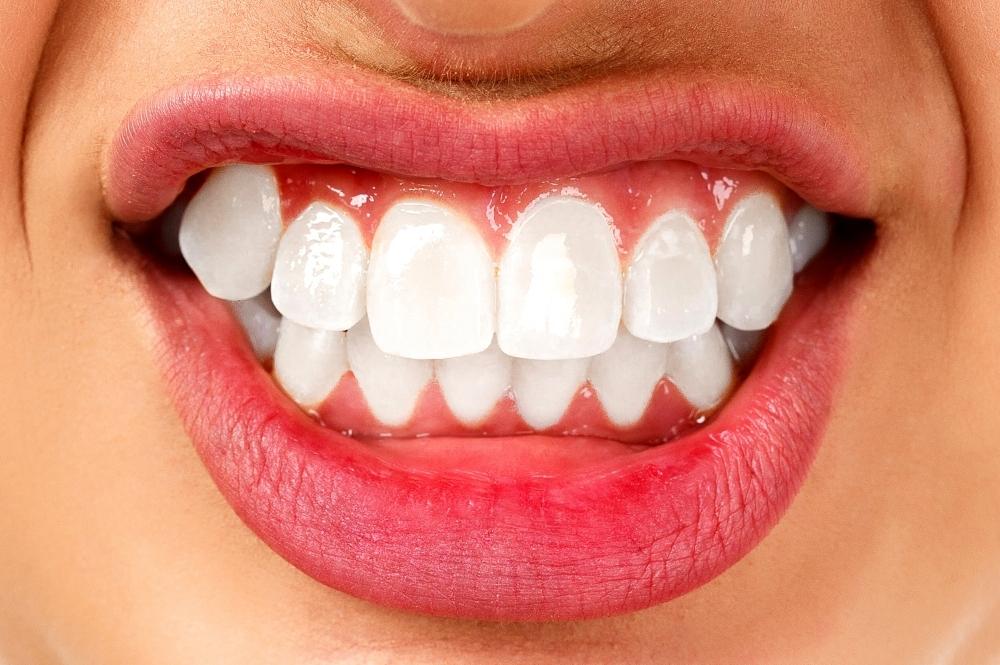🦷 What Are the Causes of Crooked Teeth?
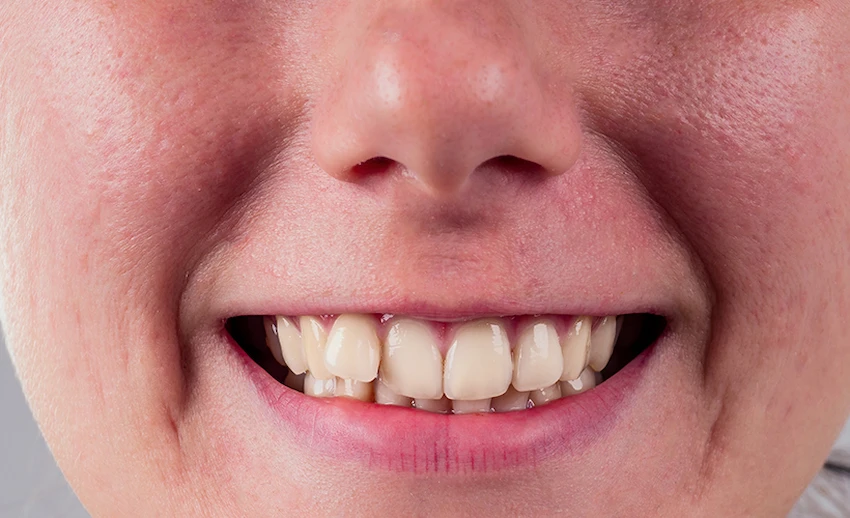
What Are Crooked Teeth?
Crooked teeth, or malocclusion as it is known medically, is a condition in which the teeth are not aligned properly, i.e., they are either crooked, overlapping, or rotating, an unnatural and improper arrangement of the teeth and jaw. This oral health problem is generally experienced in individuals moderately, but the problem can go as far as to become quite severe, and this can result in teeth seeming protruded or overlapped. While it is true that misshapen or mismatched teeth are frequently considered an aesthetic problem, such teeth with misalignment could be the root cause of quite a few practical problems like the difficulty in chewing, speaking, or maintaining proper oral hygiene.
Innumerable are the causes of crooked teeth, and despite the fact that genes decide the blueprint, still other factors, including habits, trauma, or neglecting proper dental care, can contribute to creating misalignment. One of the advantages of today’s dental help is that we have many ways to fix the problem using veneers, clear aligners, dental implants, and other techniques. If you have a clear picture of the sources and symptoms of crooked teeth, you will be able to follow the right preventive procedure to maintain a good oral health status.
What Are the Symptoms of Crooked Teeth?
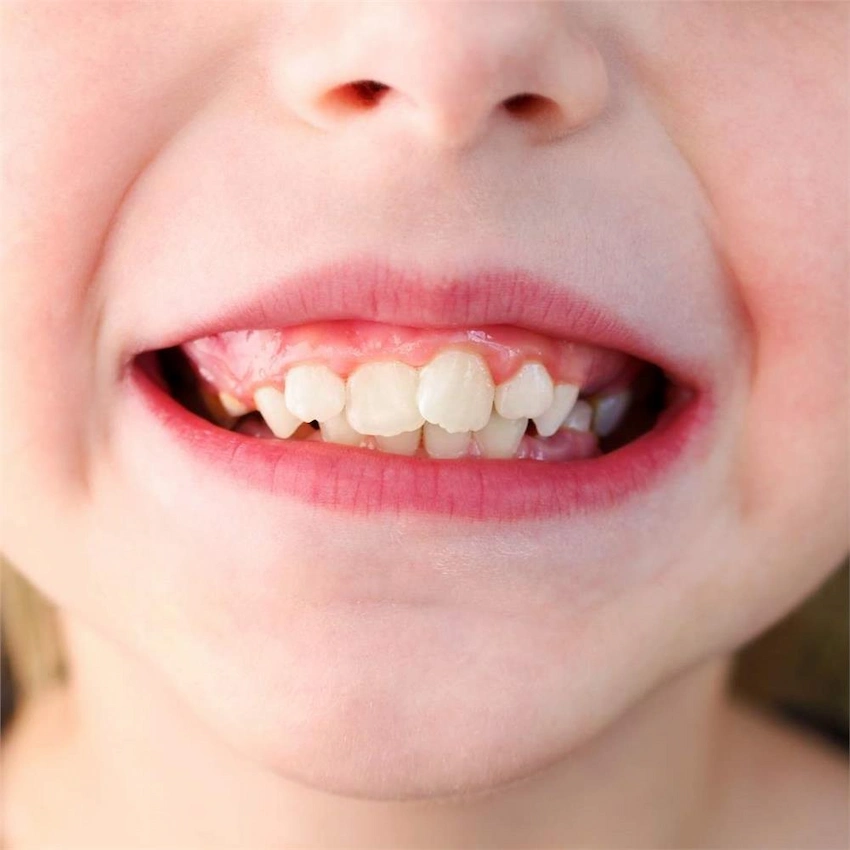
Crooked teeth have many signs and symptoms that range from very mild to a point where deviations are still quite visible. The symptoms which are typically observed include:
- Obvious Misalignment: The most visible indication of crooked teeth is a smile that is not in alignment. This might be slight tooth movement to a situation of total overlap or having teeth that are widely spread apart.
- Action Difficulties: Misalignment of the teeth can be the possible reason you cannot bite or properly chew in the mouth, and it may cause you to feel uneasy while taking a meal.
- Speech Difficulty: If you have crooked teeth, they might alter the speech process negatively, thus you may not be able to pronounce certain words, or you may develop a lisp.
- Discomfort in the Jaw Area: Lack of alignment of teeth might result in uneven pressure on the jaw, hence it reveals discomfort and sometimes pain during the chewing process.
- Risks Involved in Corrupted Teeth: It is quite difficult to properly brush crooked teeth, and this is the reason that leads to tartar accumulation, plaque creation, caries, and periodontal diseases.
- Migraines: The muscles in the jaw are stressed as a result of misalignment, making one suffer from headaches or migraines, especially the speaking, which comes after the speech or speaking.
If any of the following symptoms are consistent with what you are experiencing, it would be prudent to consult a dentist or an orthodontist in order to discuss possible treatments for crooked teeth…
How Are Crooked Teeth Diagnosed?
A preliminary diagnosis of crooked teeth is usually made using a dental examination, which involves the alignment of the teeth, identifying the bite, as well as the general look of the smile. In some situations, the dentist may order X-rays to enable a more accurate evaluation of the teeth, the condition of the roots, and the state of the jawbone. The approach taken will help decide on the degree of misalignment as well as if any problems are beneath the surface that should be taken care of.
In complex cases, which can include misaligned teeth, for example, a patient can get a referral to an orthodontist who is a specialist in the field. The treatment plan the orthodontics specialist may come up with every detail, from the type of alignment to the type of treatment, such as braces, clear aligners, etc. will depend on the severity of the misalignment.
How to Treat Crooked Teeth?
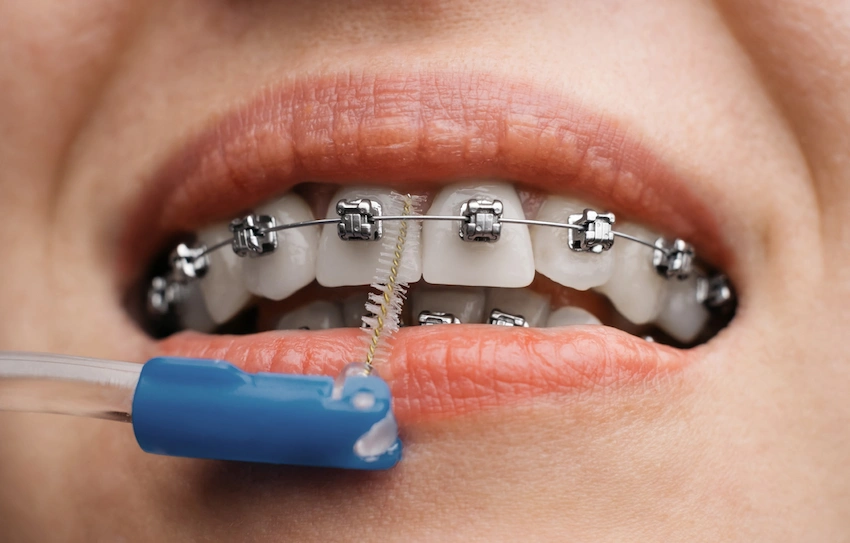
By straightening treatment, a person might mean many different practices as per an individual’s actual circumstances and how serious the condition is. Among the most widely used methods for treatment, we find the following:
- Braces: Metallic braces have been in use as one of the most effective methods for the correction of misaligned teeth, mostly, and they still remain so. This therapy involves causing a constant pressing force to be exerted on your teeth causing the teeth to move little by little to the positions desired. It is a slow and long-term but reliable process.
- Clear Aligners: Invisalign is a leading brand that has gained attention lately as an alternative to those patients who want to correct their smiles without being noticed. These trays are transparent, custom-made, and fitted with a well-positioned tooth, so in conclusion, they help to move the teeth gradually.
- Veneers: Veneers are a great cosmetic solution if the misalignment is not that severe. These are thin and custom-made, but they give a new look to the teeth without actually moving them. The veneer can change the size, shape, and colour of the tooth, and thus it is commonly used to fill the empty spaces between the teeth that are a little out of line.
- Dental Implants: There may arise a situation, where teeth are so profoundly misaligned, that they should be removed. The patient’s appearance and function can be restored with dental implants by replacing the extracted teeth.
- Palatal Expanders: The dentist may determine that your child or teenager’s still-growing teeth are a candidate for this appliance. Palatal expanders widen the upper jaw, thus providing the required space for the proper eruption of the teeth, eliminating the potential for misalignment in the future. At any stage of tooth growth, if the mouth is developed enough to allow the use of a palatal expander, the jaw will also be big enough to hold all the new teeth and they will be able to grow properly.
You must seek professional advice from a dentist or orthodontist to know the perfect treatment for your crooked teeth.
Can a Crown Be Applied to Crooked Teeth?
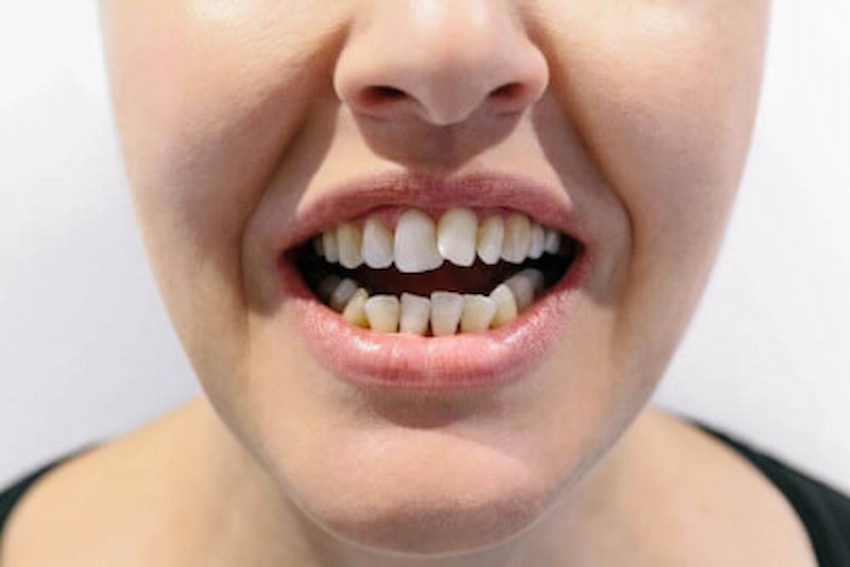
Crowns are not primarily used for aligning crooked teeth, but in some cases, they can be applied to make the teeth look much better. Even so, the fact remains that crowns cannot solve the deformations already inside crooked teeth. Basically, they are a forgivable cover-up for minor mishaps like chips or discoloration.
When the misalignment is severe, braces or clear aligners will be required to move the teeth first before the crowns are put in place. People with minor crookedness, on the other hand, would make crowns to get a more uniform look, but the problem will obviously be the undisturbed tooth movement while the force is lacking.
At What Age Should Crooked Teeth Treatment Begin?
The treatment starting point for crooked teeth varies depending on a person’s age and dental development. For kids between 7-12 years of age, orthodontic procedures that are the most suitable way to handle uneven teeth are often suggested because at this stage the jaw and the teeth are both in the process of restructuring making the alignment correction quite simple.
However, most people pay a visit to their orthodontists and start the treatment during their teenage years and sometimes even in adulthood. It’s always better to start treatment early, but still, correction of crooked teeth can be done at any age. In the case of adult patients, clear aligners and other cosmetic solutions like veneers are the perfect choices for straightening the teeth without performing comprehensive orthodontic work.
FAQ: What Are the Causes of Crooked Teeth?
The principal methods of crooked teeth prevention are regular dental visits and good oral hygiene. Avoiding such habits as thumb-sucking, the use of pacifiers, or breathing through the mouth during preschool years is also advisable to prevent misalignment.
Yes, there is a possibility that gene transfer may be responsible for the emergence of misaligned teeth. Thus, if your parents have such a problem, you will likely have one, too.
Yeah, quite a number of crooked teeth have been known to get a better state within a short period through the use of clear aligners and dental veneers. The more severe the misalignment, the more likely it is to be fixed by wearing braces or having an orthodontic treatment that is dedicated to your specific issue.
It is not uncommon for veneers to be used to cover the disfigured tooth space for a period of 10 to 15 years during which they can be made to last through proper care and a decent choice of material. Apart from that, a healthy lifestyle and regular checks by the dentist can be employed to ensure the desired longevity of your veneer.
Yes, clear aligners are one of the best options for treating crooked teeth. Using them will give you exceptional results, especially if your teeth are moderately misaligned. Also, clear aligners are very discreet and comfortable, unlike traditional braces, where the wires hit your cheeks.
